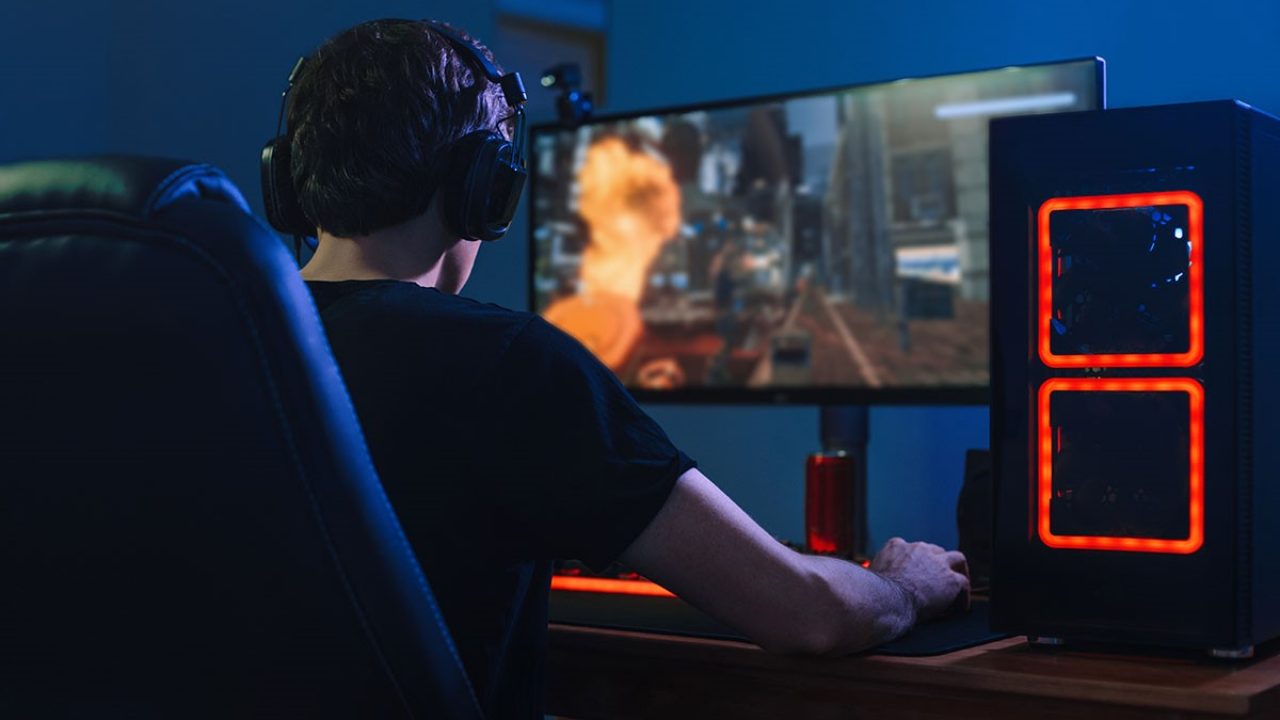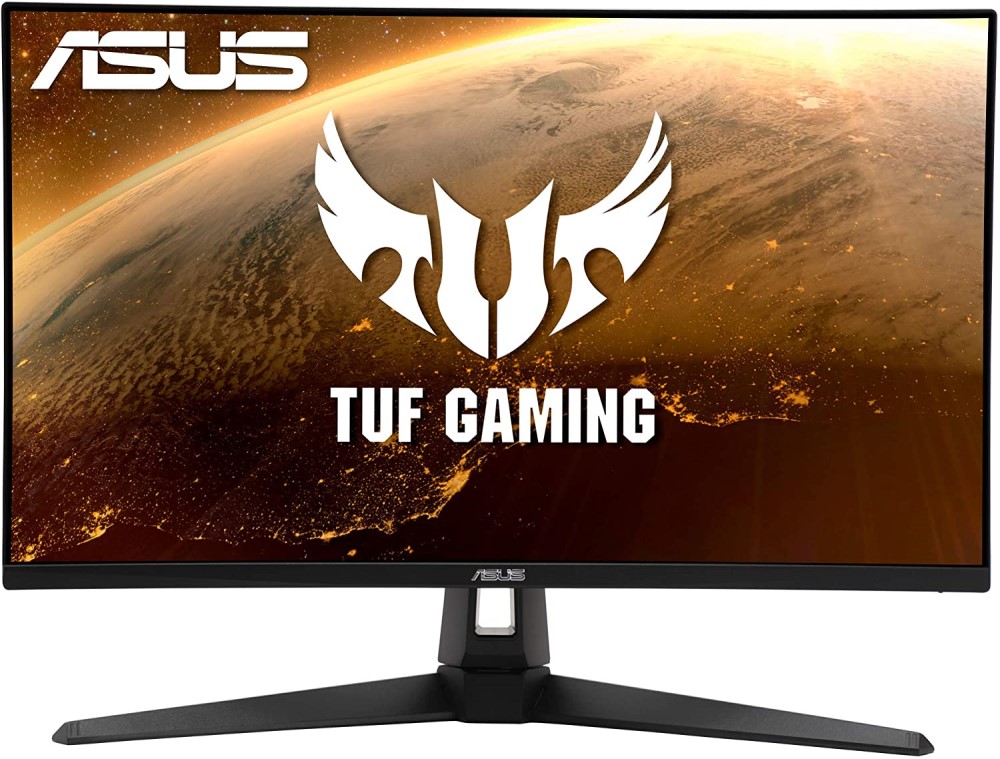120 vs. 240 Hz Monitors

As the gaming world evolves, players are quickly getting used to seeing higher and higher numbers in system specifications on their rigs and requirements. Gamers know that monitors are vital for better performance since they directly impact what they see and respond to. With a bulk of competitive gaming happening online and in real-time, a fluid monitor is more likely to deliver better results. This article will discuss how 120 and 240 Hz monitors can help you become a better gamer.
Basics: FPS vs. Refresh Rate
Two crucial elements determine monitor performance: FPS and the refresh rate.
FPS (Frames per Second) is a metric of how many frames the computer (or, more accurately, the graphics driver) can process in a second. Each frame will show an entire screen, so 60 FPS means that the computer delivers 60 still images each second for the monitor to display.
On the other hand, the refresh rate is measured in Hz, a unit of frequency, telling how many operations or cycles happen in a second. Therefore, a 60 Hz monitor can process and display 60 still images per second.

The two metrics both work together and against one another.
Your monitor’s baseline refresh rate will depend on its hardware and software, with newer models using supplementary systems to make it more dynamic. The game FPS entirely depends on your system specifications (GPU, CPU, and RAM, in order of most to least impact). That means it’s likely to get different FPS and refresh rate values.
When they are not in sync, your screen can tear or stutter. Since the GPU typically constantly sends frames, the monitor can receive two different frames, combine them partially, and display an image that looks off.
Additionally, since the monitor can display only so many frames in a second, it can bottleneck a graphics card significantly. Even if your PC can run a game at 200+ FPS, a 60 Hz monitor will only capture and display 60 of those 200-odd frames and likely produce significant tearing in the process.
How 120 and 240 Hz Monitors Work?
In general, having a higher refresh rate on the monitor will minimize the screen tearing effect. These monitors are typically used for games that already have a stable high FPS, which compounds the positive results. Even if tears happen, which is often unavoidable even with dynamic refresh rate software, they are minor. Since more frames are displayed each second, their differences become less noticeable to the human eye, and torn frames are quickly covered up by new incoming ones.
Overall, the jump in image quality experiences diminishing returns as you increase the monitor’s refresh rate, but the positive result is still noticeable. The leap from switching from a 60 Hz to a 120 Hz monitor can be massive. On the other hand, the difference between 120 Hz and 240 Hz is less impactful, but the higher-refresh-rate image is still more fluid.
Also, don’t get fooled by the common myth that the human eye can only spot 24 or so frames per second. Recent studies suggest the human eye can process still images at roughly 75 FPS, but the extra frames add to the fluidity of the image in real-time.
120 vs. 240 Hz Monitors – Which Is a Better Choice?
If you’re considering upgrading your gaming PC, it’s generally better to go for a higher refresh rate monitor when all other specifications remain the same. However, that is often not the case, especially when working within a budget.
If you’re struggling to compare 120 vs. 240 Hz monitors, it might be helpful to change the bottom bracket. 144 Hz monitors are a more common option on the market than 120 Hz models. In general, the differences between the two are minor, but 144 Hz has a performance edge and is typically considered the baseline for modern gaming monitor designs. Some game settings have 144 FPS as a selectable bottleneck to balance performance and quality.
There are typically a few more factors beyond the refresh rate to watch when considering new monitors. New models usually have some dynamic FPS technology to minimize screen tearing and stuttering, making them more compatible with lower or higher-end systems. While they are good upgrades, they are not flawless.
Three dynamic FPS techs are most common: V-Sync, FreeSync, and G-Sync.
V-Sync is a system that forces the graphics card to wait until the monitor has finished processing the frame it already has. This effectively bottlenecks your GPU’s output to have the same FPS as the monitor’s refresh rate. For 240 Hz monitors, it’s generally not a concern since games rarely reach those numbers. However, on 120 Hz monitors, you might get a performance drop.
FreeSync and G-Sync are systems developed by AMD and Nvidia, respectively. These systems bottleneck the monitor’s refresh rate to match the GPU output, thus avoiding stuttering and tearing. However, these being manufacturer-specific systems mean that your PC rig must have the appropriate graphics card for the monitor to enable one of these options. Not all monitors have both, but higher-end models should, and it’s something to look out for. This option is more notable for 240 Hz monitors.
Other system specifications that matter in gaming are the resolution and screen size. Resolution-wise, the current standard has been steadily shifting from HD (1920x1080p) to QHD (2560x1440p) or UHD (3840x2160p). UHD is commonly advertised as 4K, a cinema industry standard (4096x2160p) rarely used for monitors. Higher resolutions similarly beget higher prices.
As far as size is concerned, monitors above 27-inch diagonals are the norm. Additionally, check out curved monitors. It’s a unique experience that might be an acquired preference.
Budget is a specific concern when figuring out which monitor to purchase. Recent trends in the screen industry have made strides in reducing overall costs, making higher-end monitors affordable even to a modest budget gamer.

It’s not uncommon to find a model for roughly $300 that will have a decent combination of QHD, a high refresh rate (144Hz and above), and a respectable size.
One of the more important notes you should know is that a monitor refresh rate doesn’t mean much for regular browsing or daily use. Web platforms, streaming services, and general programs rarely need anything above 60 Hz (FPS) to deliver a seamless user experience. If you’re buying a new monitor, 240 Hz will only be useful for gaming and perhaps high-end video editing or IT.
Choose Wisely and Future-Proof
If you’re wondering which monitor to buy, 120 Hz or 240 Hz, it’s better to go somewhere in the middle. Additionally, it can be more worthwhile to focus on other PC specs to ensure your rig can pull off such high FPS numbers in the first place. Buying a monitor will be easy enough once you consider those factors.
Have you managed to find a gaming monitor that suits you? Let us know in the comment section below.




















